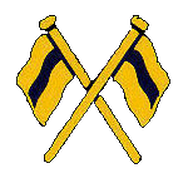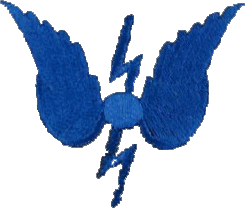|
|
|
| HMS Marlborough (Eastbourne) |
|
Electrical instruction for Commissioned Officers, Warrant Officers, Artificers and Ratings of the Portsmouth and Chatham divisions. Air electrical instruction to FAA Air Artificers and Air Fitters. |
|
| HMS Vernon, (Portsmouth) |
|
Commencing in 1933, the Torpedo School of the hulks afloat was transferred ashore to the Cornish town of Saltash. This move is covered by the National Archive file ADM 116/3549, c.1933-1938 - Electrical instruction for Warrant Officers, Torpedo Ratings and Electrical Artificers of Devonport Division. |
|
| HM Torpedo School (Chatham) |
|
Electrical instruction for Chatham Ratings, including Mine Warfare Ratings. |
|
| RN Artificer Training Establishments (Rosyth and Torpoint) |
|
Workshop practice and technical instruction for Artificer Apprentices. |
|
| HMS Collingwood (Fareham) |
|
Radar instruction for Officers and maintenance Ratings. |
|
| HM Signal School (Leydene) |
|
W/T maintenance instruction for Officers and Ratings. |
|
| HMS Scotia |
|
W/T instruction for Radio Mechanics. |
|
| Sherbrooke House (Glasgow) |
|
Radar instruction for Radio Mechanics. |
|
| HMS Valkyrie (Isle of Man) |
|
Radar instruction for Ratings. |
|
| RAF Training Establishment (Melksham) |
|
Electrical instruction for Air Mechanics (L). |
|
| HMS Kestrel (Worthy Down) |
|
Electrical instruction for PO Air Mechanics and Ratings. |
|
| RN Artificer Training Establishment (Arbroath) |
|
Workshop and electrical for Air Artificer Apprentices (L) and (L/O). |
|
| HMS Ariel (Warrington) |
|
Radar and W/T instruction for FAA Officers and Ratings. |
|
| Various Technical Colleges. |
|
Radar and W/T theory for all Air Radio Mechanics. |
|
| HMS Osprey (Dunoon) |
|
Electrical instruction (A/S) for all Officers and Ratings |


